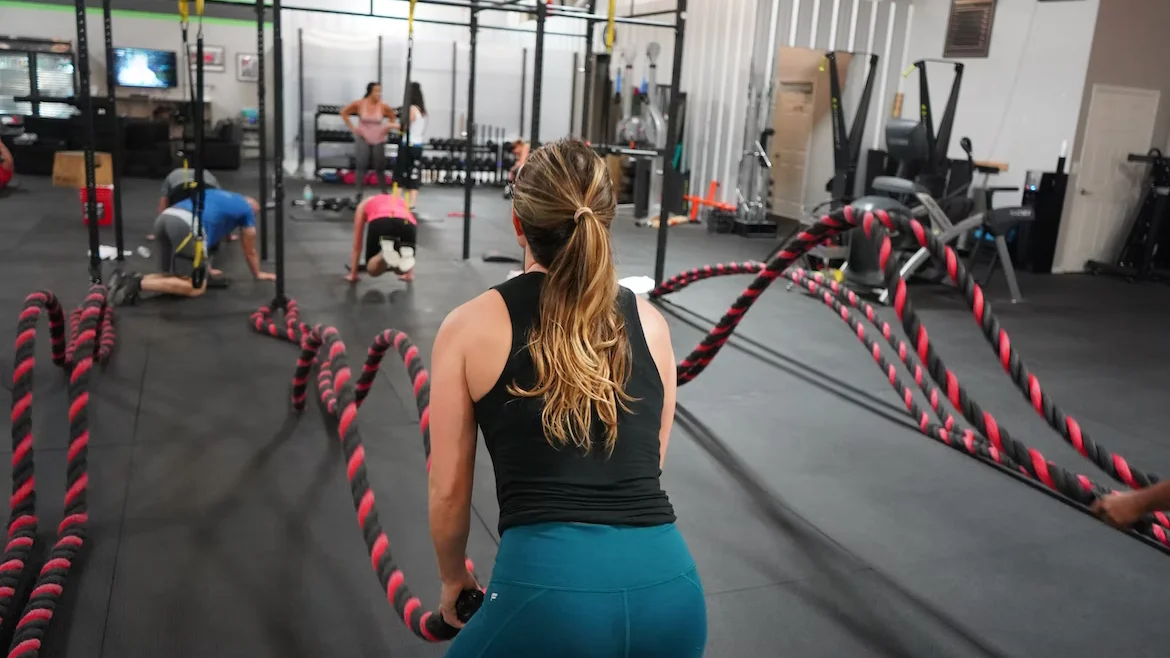Before choosing any kind of cross-training (“XT”), you need to ask yourself a question. What result do you want to achieve with XT? On the one hand, your answer could be specific. You might answer that you want to improve your running performance. On the other hand, you may want simply to improve your general conditioning, do something you enjoy, or avoid boredom. Your answer will determine your choice of XT.
I am not going to tell you here what XT to do. Instead, I want to describe how you make the choice yourself. First, you need to know your goal and, second, you need to understand what a specific XT activity can achieve.
XT is a confusing topic, because the way most of us use the term, “cross-training” refers to everything we do other than running, but to a running coach, cross-training is run-specific. Coaches choose run-specific XT for two reasons: (1) to increase running performance by adding intensity to a weekly program but with less added injury risk than from added running, or (2) to maintain running performance while recovering from an injury. Here, run-specific XT serves as a replacement for a weekly running workout, or if used judiciously, as an addition. Run-specific XT is not a replacement for a recovery day.
Run-specific XT meets three criteria: (1) it mimics the muscle movements of running, (2) it replicates the aerobic and strength conditioning of running, and (3) it produces less impact injury risk than the leg-pounding impacts of running. Few activities have associated scientific studies, but these include: (1) high-cadence “power” walking, (2) run-specific strength training, (3) aqua-running, and (4) aerobic cycling. Unstudied but similar activities include cross-country skiing, elliptical machines, hiking, inclined treadmill walking, rowing, stair-steppers, and skating. All have proponents who argue they meet the three criteria above.
Running coaches exclude “ball” sports, like tennis, softball, soccer, and basketball, because these involve their own added impact injury risk. I exclude high-impact aerobics, big wave surfing, hang-gliding, and skydiving for the same reason.
You may sense the rub here already, why our first question is important. If you do not intend your XT to replace a running workout or to improve your running performance, then many more activities than those listed above can be suitable and worthwhile. For example, swimming provides both an intense aerobic workout and reduced impact injury risk, but please accept that once you have high aerobic conditioning, swimming will not make you a faster runner, because performance improvement is activity-specific: to run faster and farther, you need to train at running faster and farther.
But if your goal is not so run-specific, you may not need or want run-specific XT. In this case, you can continue enjoying your favorite low-impact exercise, for example, swimming, upper-body strength training, yoga, tai chi, Pilates, or even a sports massage, so long as you avoid compromising your recovery and avoid additional injury risk. Bear in mind that any increase in exercise intensity can increase your injury risk to some extent, so you need to maintain your balance between exercise and recovery. My advice, in short: not all forms of exercise will make you a better marathon runner or walker, but if they meet your goal and do you no harm, then you don’t need to give up what you enjoy either.
I have run out of time, and I only named some XT activities. I haven’t described any in detail. So now, if you have questions about a specific XT activity, please give us an email shout at training@laleggers.org.





